Do you think that in about another century the human race will be able to travel to Pluto? How long would it take to travel to Pluto?

Pluto is the least studied of all the
planets in our solar system. It wasn't even discovered until 1930. The
main reason is that it is so far away. At its closest point to Earth,
it's still 4.28 billion km (2.66 billion miles) away! It takes light at
least four hours to travel from Pluto to Earth.
But since we can't travel at the speed of light, how fast would a probe
get to Pluto? It took the Voyager probes about 20 years to
travel to Pluto's neighborhood. Without gravity assists from Jupiter and
the other gas giants, it would have taken about another 20 years.
Soon we will find out how long it takes for a probe to get to Pluto. The
U.S. is launching Pluto-Kuiper
Express around the turn of the century. They expect that it will
take less than ten years for the probe to reach Pluto. This is because
it's smaller and the planets are aligned differently than during the
Voyagers' time.
The prospects for human travel to Pluto are slim for now. In order to
make travelling to Pluto feasible, we need to able to get there faster.
Submitted by Ashley (Tennessee, USA)
Submitted by Megan (Tennessee, USA)
(September 2, 1997)
You might also be interested in:
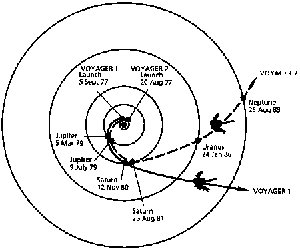
The Voyager program is celebrating its 20th anniversary. Voyager 1 and Voyager 2 were both launched in the summer of 1977 from Cape Canaveral. Their main mission was to explore Jupiter and its moons, Saturn
...more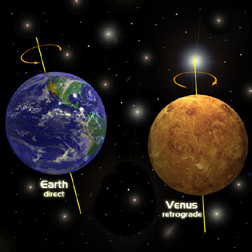
It depends on what kind of motion you are talking about. When seen from the north pole of the celestial sphere all planets orbit around the Sun in a counter-clockwise or direct path. Most planets also
...more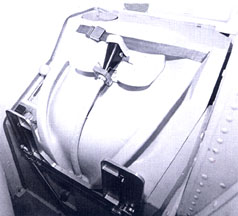
Almost everyone has a question or two about living in space. What do astronauts do in space? How do they do everyday things like eat, sleep and go to the bathroom? Well, this is our attempt to answer
...more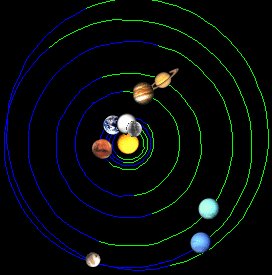
There is a really neat internet program called Solar System Live that shows the position of all of the planets and the Sun for any given day. If you go to that page, you'll see an image similar to the
...more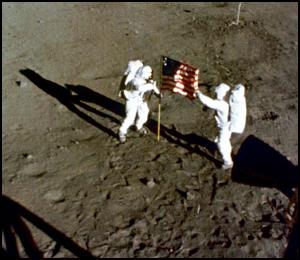
The picture of the American Flag (the one put there by the Apollo astronauts) is waving (or straight out) in the wind. How could that be possible if there is no atmosphere on the Moon? Was it some sort
...more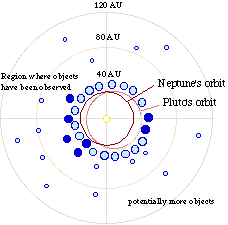
I was wondering if there is a new planet? Are there planets (a tenth planet?) after Pluto belonging to our solar system? What are the names of the new planets discovered in the solar system? Are there
...more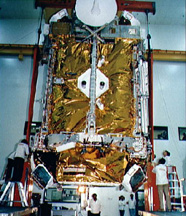
If that is so, the energy released during the Big Bang must have created many such black holes. Therefore most of the Energy of the Big bang must have disappeared in that form. Then how did the Universe
...more














